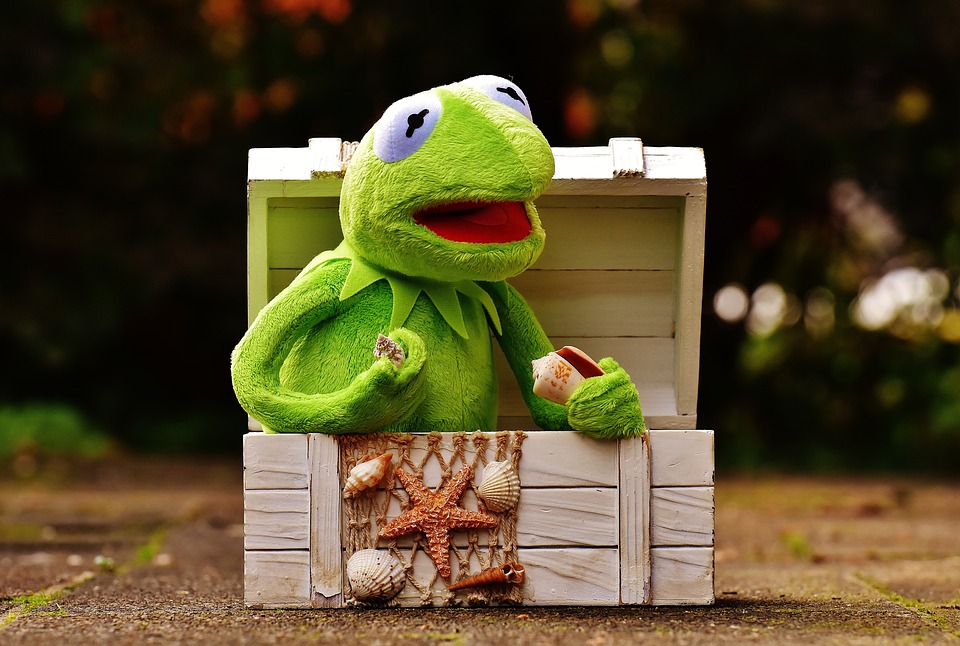Proper water temperature is crucial for the health and well-being of tropical fish. Fluctuations in temperature can lead to stress, disease, and even death. In this article, we will discuss effective methods to maintain a stable water temperature in your tropical fish tank. Additionally, we will address some frequently asked questions to provide you with a comprehensive understanding of this important aspect of fish care.
One of the most essential components for maintaining stable water temperature in a tropical fish tank is a reliable heater. Consider the following factors when selecting a heater:
– Size and wattage: Choose a heater that is appropriate for the size of your tank. A general rule of thumb is to provide 3-5 watts per gallon of water.
– Adjustability: Look for a heater with adjustable temperature settings to meet the specific requirements of your fish species.
– Quality and durability: Invest in a high-quality heater from a reputable brand to ensure its reliability and longevity.
The placement of your heater can significantly impact its effectiveness. Follow these guidelines for optimal placement:
– Submersible heaters: These are the most commonly used heaters and should be fully submerged in the water. Place the heater near a water flow source, such as a filter outlet, to ensure even heat distribution throughout the tank.
– External heaters: If you are using an external heater, position it in the aquarium’s filtration system to maintain consistent water temperature.
To ensure a stable water temperature, it is essential to regularly monitor and adjust your heater as needed. Consider the following practices:
– Use a reliable thermometer: Invest in a high-quality aquarium thermometer to accurately measure the water temperature.
– Check temperature daily: Monitor the water temperature daily to identify any fluctuations or inconsistencies.
– Adjust as necessary: If you notice temperature variations, adjust the heater accordingly to maintain the desired temperature range.
In addition to using a heater, there are several other ways to promote thermal stability in your tropical fish tank:
– Insulated tank: If possible, place your aquarium away from drafts or direct sunlight, as these can lead to temperature fluctuations. Additionally, consider using insulating materials, such as Styrofoam, to reduce heat loss.
– Adequate tank cover: Use a cover for your tank to minimize heat evaporation and prevent temperature fluctuations.
– Consider a backup heater: In case of a heater malfunction, it is wise to have a backup heater ready to prevent sudden drops in water temperature.
Here are some frequently asked questions about maintaining stable water temperature in a tropical fish tank:
Q: What is the ideal water temperature for tropical fish?
A: The ideal water temperature varies depending on the fish species. However, most tropical fish thrive in a temperature range of 75-82°F (24-28°C).
Q: Can I use multiple heaters in a large tropical fish tank?
A: Yes, in larger tanks, it is often recommended to use multiple heaters strategically placed to ensure even heat distribution.
Q: How often should I check the water temperature?
A: It is advisable to check the water temperature daily to detect any fluctuations promptly.
Q: Can I rely solely on the built-in thermometer of my aquarium heater?
A: While the built-in thermometers can provide a general idea of the water temperature, it is recommended to use a separate, reliable thermometer for accurate measurements.
Q: Should I turn off the heater during the summer months?
A: It depends on your specific circumstances. If your room temperature remains consistently within the desired range, you may not need to use the heater during the summer. However, it is crucial to monitor the water temperature and use a heater if needed.
In conclusion, maintaining a stable water temperature is vital for the health and well-being of your tropical fish. By choosing the right heater, proper placement, regular monitoring, and implementing thermal stability measures, you can create an optimal environment for your fish to thrive. Remember to always consider the specific needs of your fish species when determining the ideal water temperature.









